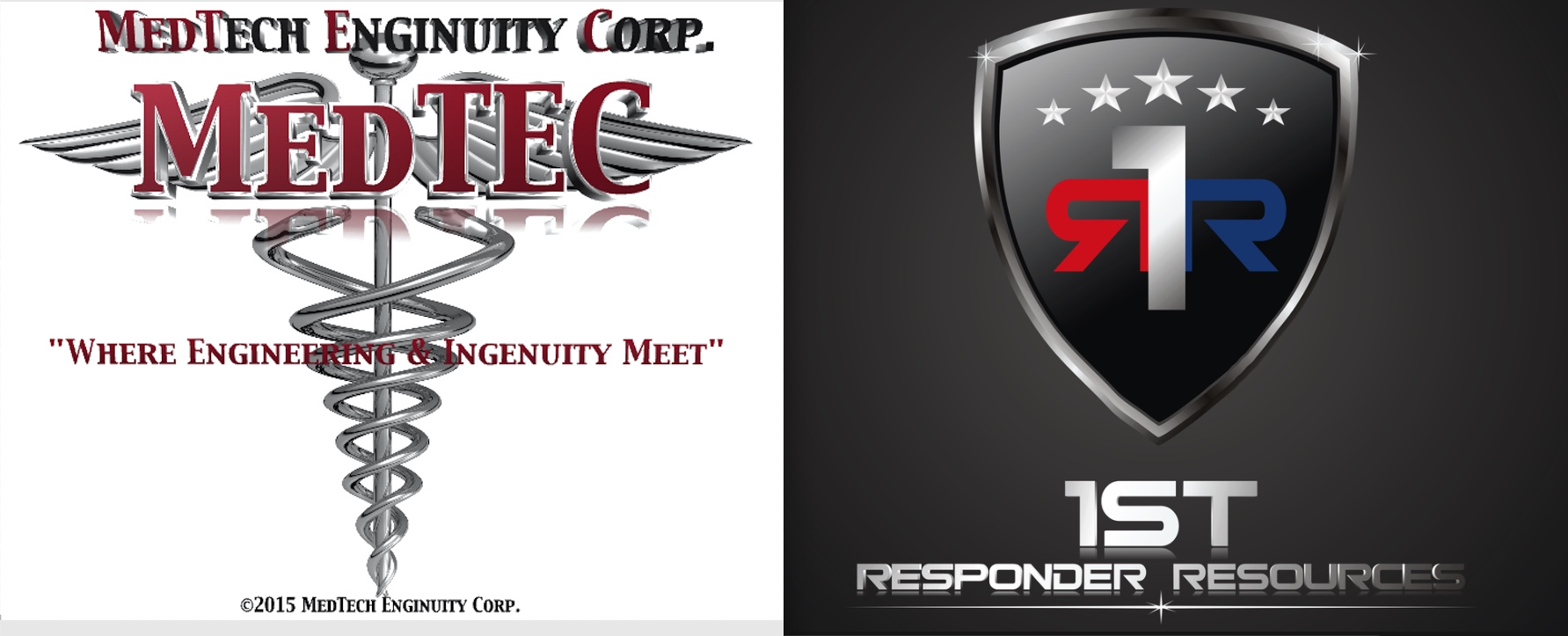Telehealth encompasses a broad variety of technologies and tactics to deliver virtual medical, health, and education services. Telehealth is not a specific service, but a collection of means to enhance care and education delivery. Telehealth encompasses four distinct domains of applications. These are commonly known as:
| Mobile health (mHealth): Health care and public health practice and education supported by mobile communication devices such as cell phones, tablet computers, and PDAs. Applications can range from targeted text messages that promote healthy behavior to wide-scale alerts about disease outbreaks, to name a few examples. | Live video (synchronous): Live, two-way interaction between a person (patient, caregiver, or provider) and a provider. This is also known as “real-time” and serve as a substitute for an in-person encounter when it is not available. |
| Remote patient monitoring (RPM): Personal health and medical data collection from patient in one location via electronic communication technologies, which is transmitted to a provider (sometimes via a data processing service) in a different location for use in care and related support. This type of service allows a provider to continue to track healthcare data for a patient once released to home or a care facility, reducing readmission rates. | Store-and-forward (asynchronous): Transmission of health history through a secure electronic system to a provider, who can use the information to evaluate the case or render a service outside of a real-time or live interaction. As compared to a real-time visit, this service gives access to data after it’s been collected, and involve communication tools such as secure email. |







